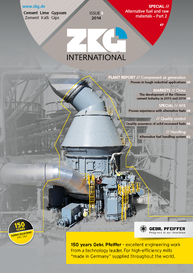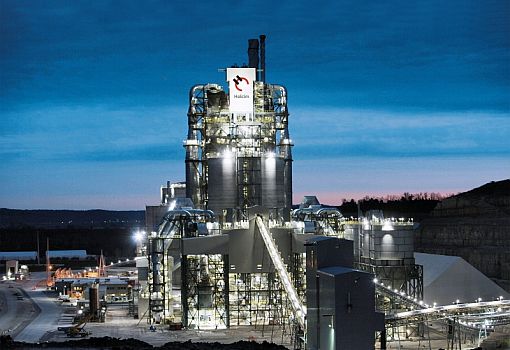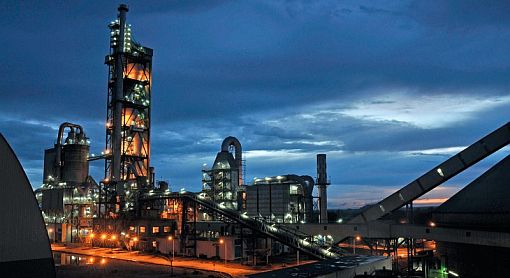Que Sera, Sera – the future’s not ours to see…
One of the most frequently asked questions is what is the result of the jumbo merger of Lafarge and Holcim? There are overlaps on a number of markets, which will need to be eliminated as well as boosting efficiency as far as possible. In order to comply with the antitrust rules in the around fifteen countries, several authorities are affected.
A big issue to be dealt with! In this context we are proud to acquire Mr. Beat Gygi from the Neue Züricher Zeitung (NZZ) to give us his statement out of Switzerland where the headquarters will be established.
Beside this economical impact on the cement world, the headquarters is far away and each work has to solve its own, small or large problems in an appropriate manner. Therefore, we will present new technical details on filtering, on a pneumatic system for powderized coal, on process monitoring and e-documentation and a report on non-ordinary heavy duty transport.
Directly from China you will become aware of a view from inside the Chinese cement market to understand its mechanism and its forecasts and to read how to optimize plant performance and which of the various possibilities are applicable.
After presenting the concepts regarding alternative raw material, we now open Chapter II in our AFR special to focus on the practical and valuable part of thermal valorization and how to reach the highest substitution rates. Starting with a general view into waste management and co-processing of non-hazardous waste, a case study which shows how to shred commercial and industrial waste down to SRF, the main burner fuel. A docking station for technical studies, commonly used in emerging new markets, is easy to handle and designed for testing suppliers, fuel quality and the kiln process or the emissions. After obtaining the permission larger investments in equipment are required for storage, metering or the burner to support the pyroprocess and to boost the thermal substitution rate; some proven cases are shown here.
Establishing a quality monitoring system, which starts first with input criteria regarding emission control, helped tremendously to obtain acceptance by authorities and public hearings and implemented methods to ensure a smooth running pyroprocess. This preliminary work has been the basis for a trustworthy cooperation between authorities, pre-processors/suppliers and finally the cement works and was the basis for the European Standardization of waste derived solid fuels.
On this note, for your own perusal, the only requirement is the latest issue of ZKG International!
Dr. Hubert Baier
Editor-in-Chief
ZKG International




